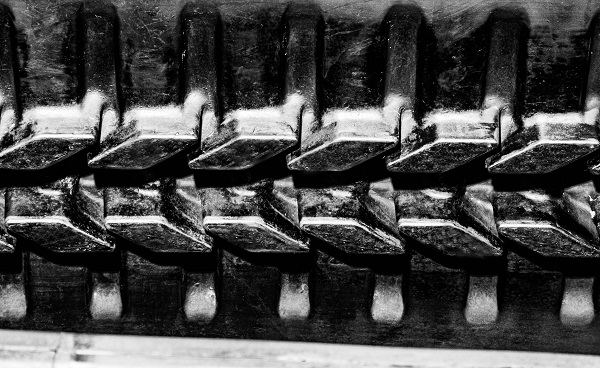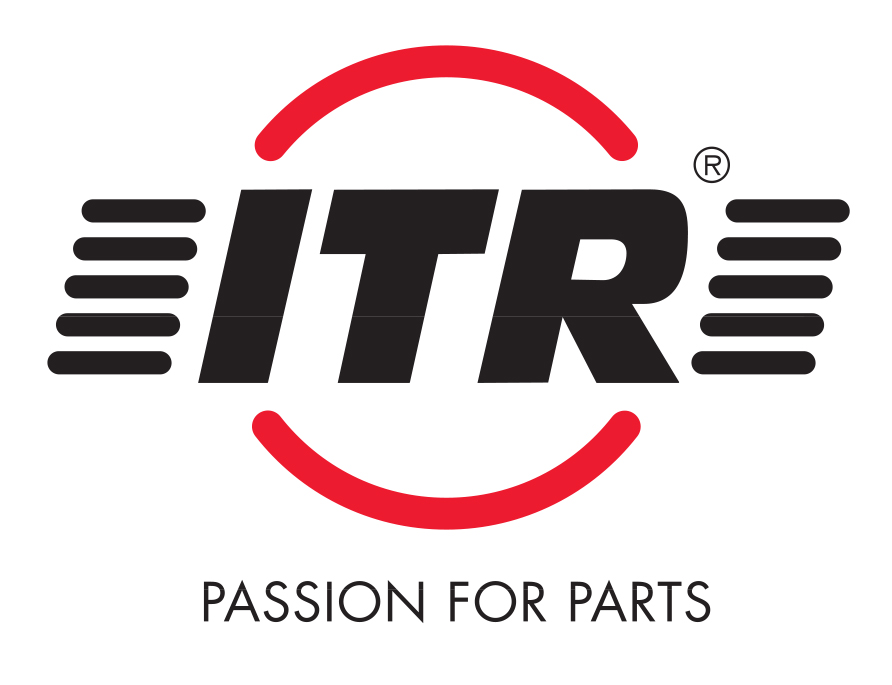NOVINKY
Anti-vibration rubber tracks (AVT) ITR
3. 12. 2022
Anti-vibration rubber tracks (AVT): when and why you need to fit them?
Anti-vibration rubber tracks (AVT): when and why you need to fit them?
Among the risks faced by construction site workers, those relating to mechanical vibrations are often underestimated.
While earth-moving machines like mini-excavators operate, they are subjected to considerable stress. Such conditions can end up by damaging certain components of the machinery, like the electrical and electronic devices, as well as loosening their bolts or aggravating existing damage to sheet metal parts. All this can affect the workers' health in the long run.
Risks from exposure to vibrations and precautions to be taken to avoid them?
Besides causing discomfort, working in the absence of systems able to deaden the vibrations of machinery can subject the operator to physical harm, which can even be disabling.
According to legislation, the following measures must be implemented to reduce the vibrations to which the whole body is subjected:
According to legislation, the following measures must be implemented to reduce the vibrations to which the whole body is subjected:
- establish a regular machinery maintenance plan, with special attention to the suspensions, seats and driving position of the vehicles
- find out which working conditions or vehicles expose the operators to the highest levels of vibrations and, where possible, plan work shifts among the operators and drivers able to reduce the time each individual is exposed
- update your technical resources by purchasing machinery with low vibration levels
Over the years, machines driven by operators on board have been equipped with sophisticated mechanical and/or electronic compensation systems to enhance both comfort and safety to hitherto inconceivable levels. An important innovation among the undercarriage components has also been developed for earth-moving machines, particularly mini-excavators, an innovation which can be considered an excellent ally against vibrations: we are talking about anti-vibration rubber tracks.
What is the difference between anti-vibration rubber tracks and conventional rubber tracks - and what are the advantages?
Compared to common rubber tracks, which are better on smooth, soft ground, anti-vibration rubber tracks are especially suitable for work on flat, hard surfaces such as asphalt, gravel, concrete and cobblestones. This means they are ideal for mini-excavatorsof up to 9 tons, used for the most part for city maintenance and public works, such as small excavations, flowerbed renovation, piling and cleaning ditches.
The main difference between rubber tracks and anti-vibration rubber tracks (AVT) lies in the special shape of the metal insert in the tread. By way of a specific example, the “Diamond Shaped” technology used by ITR Usco features a diamond pattern and perfect roller-guide mesh thanks to which the roller runningway becomes smooth, regular and continuous, causing vibration levels to drop by up to 75%. In addition, this technology helps to reduce noise in the cab and the pressure exercised by the machinery on the ground, resulting in increased tractive force and stability.
The main difference between rubber tracks and anti-vibration rubber tracks (AVT) lies in the special shape of the metal insert in the tread. By way of a specific example, the “Diamond Shaped” technology used by ITR Usco features a diamond pattern and perfect roller-guide mesh thanks to which the roller runningway becomes smooth, regular and continuous, causing vibration levels to drop by up to 75%. In addition, this technology helps to reduce noise in the cab and the pressure exercised by the machinery on the ground, resulting in increased tractive force and stability.

Photo: ITR Usco Diamond Shaped Technology
In short, using AVT rubber tracks ensures
- enhanced operator comfort
- less wear
- lower maintenance costs
- less risk of derailment
Comparative tests between conventional and anti-vibration rubber tracks
The superior results obtained during use of anti-vibration rubber tracks as compared to normal rubber tracks are the result of precise practical verifications. The video below contains a comparative test conducted by ITR Usco on a 3.5 ton mini-excavator.
